Dollar remains generally weak in early US session and receives no special support from a batch of mixed data.
ADP report showed private sector jobs grew 178k in May, below expectation of 190k. Prior month’s figure was also revised down from 204k to 163k. Q1 GDP growth was revised down from 2.3% to 2.2% qoq. GDP price index was revised down from 2.0% to 1.9%. Wholesale inventories rose 0.0% versus expectation of 0.5% in April. Trade deficit narrowed slightly to USD -68.2B, from USD -68.3B.
From Canada, IPPI rose 0.5% mom in April while RMPI rose 0.7% mom. Current account deficit widened to CAD -19.5B in Q1. Focus will turn to BoC rate decision.




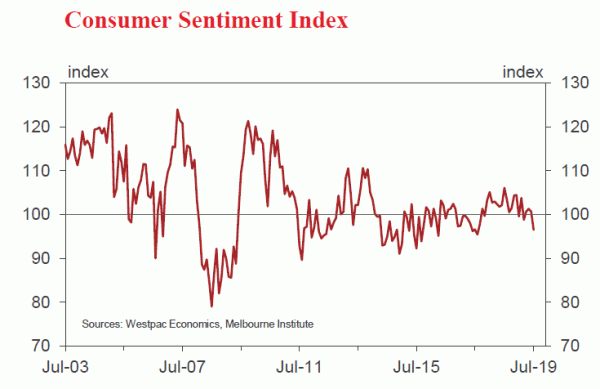
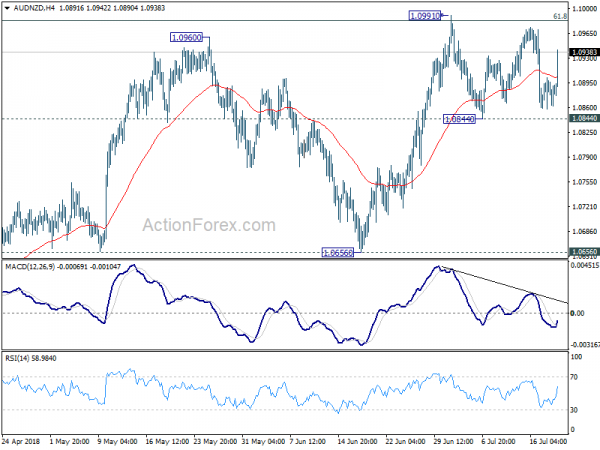
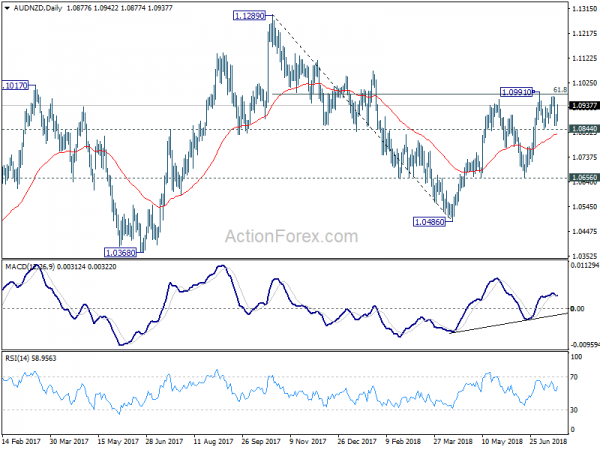
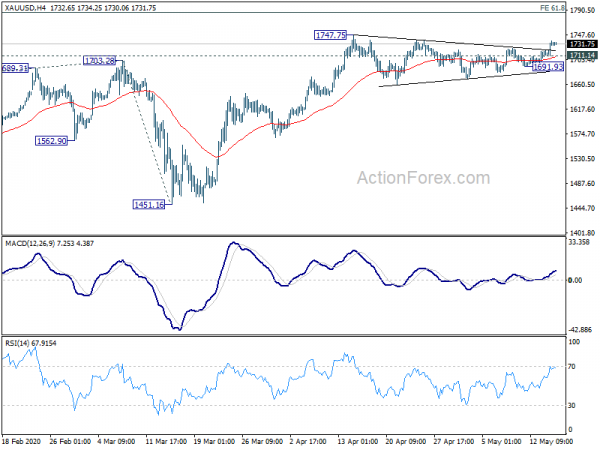
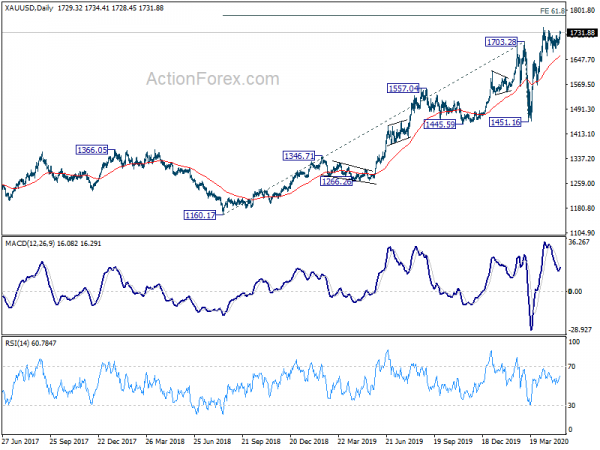
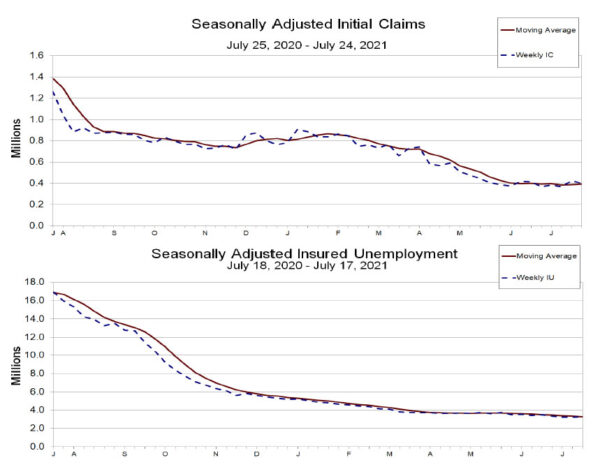
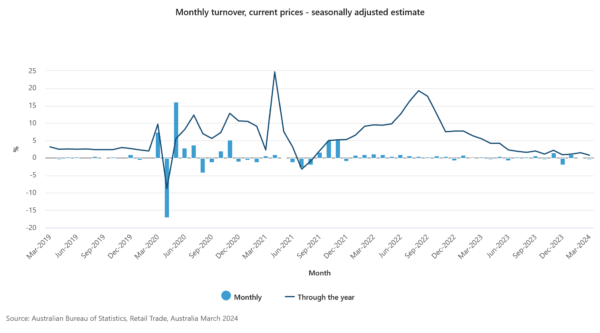
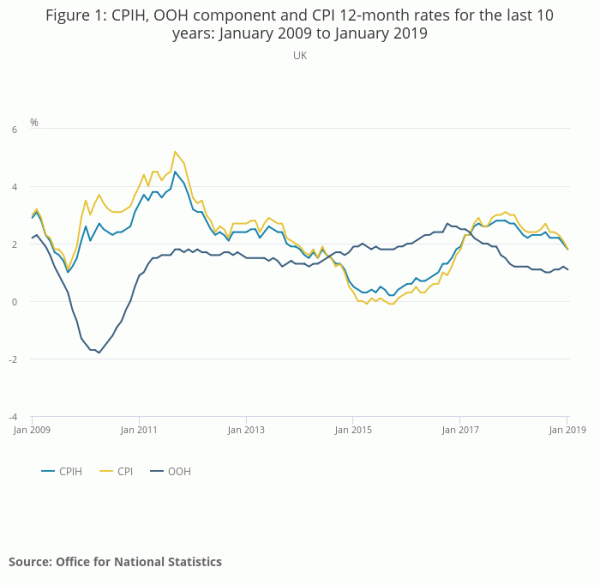
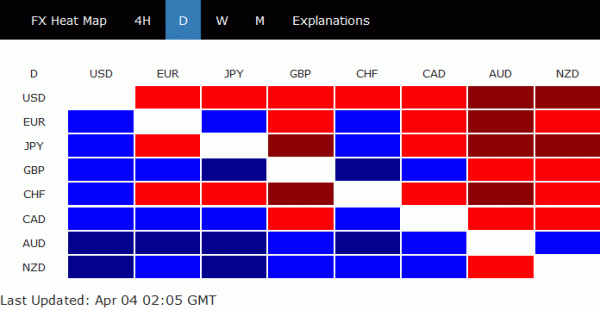
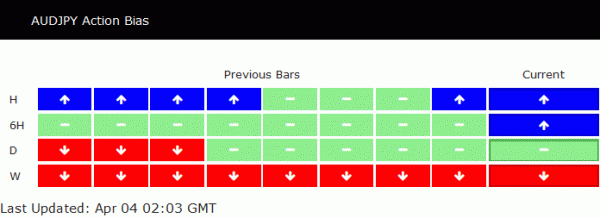
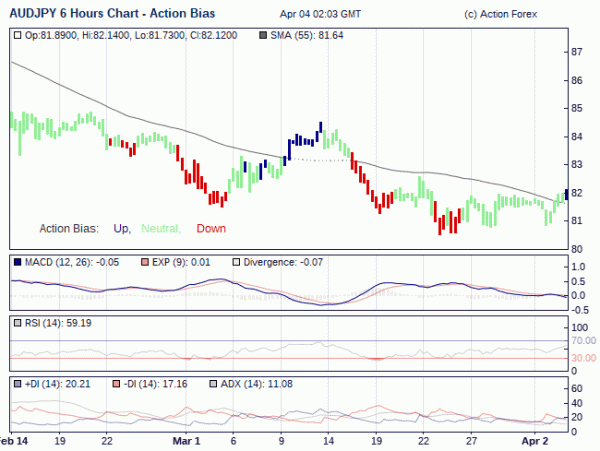
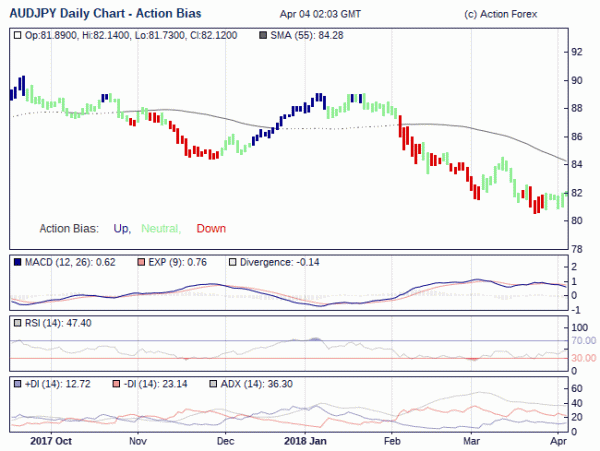
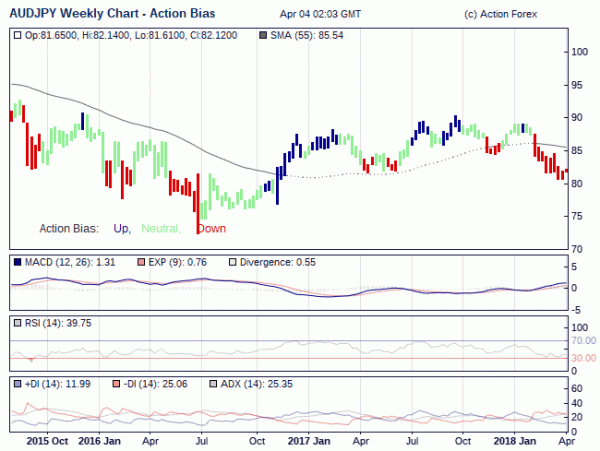
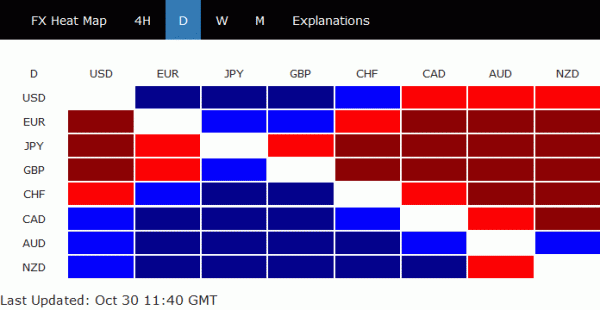
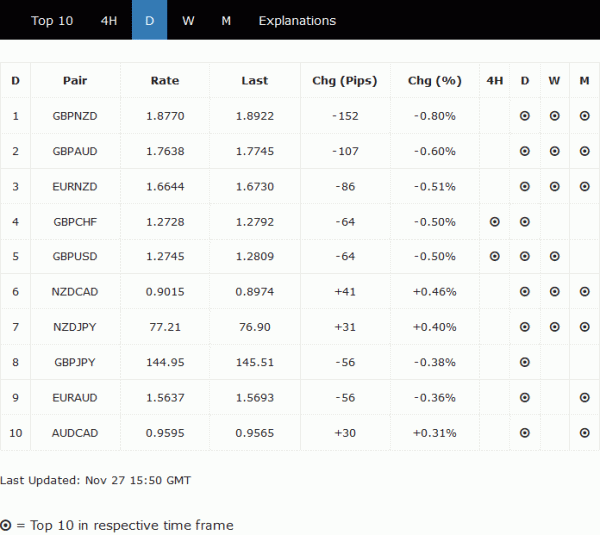
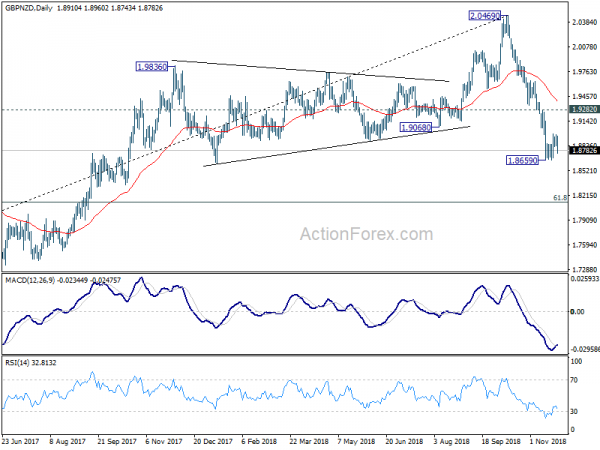
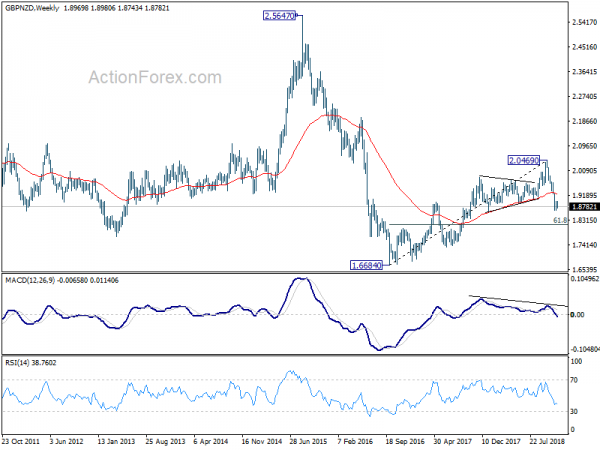

Formal announcement of US-China trade deal phase one expected on Friday
It’s reported that US President Donald Trump has already signed off the phase one trade agreement with China. A formal announcement is expected on Friday. The terms are believed to be generally agreed even though it could take some more time to finalize the legal texts.
Under the agreement, China would buy as much as USD 50B in US farm products in 2020, doubling the purchases in 2017, before the start of trade war. Both sides would also cut the currently imposed tariffs by 50%. New tariffs would be put on hold.
The news is welcomed by businesses. US-China Business Council President Craig Allen said “If signed, this is an encouraging first phase that puts a floor under further deterioration of the bilateral relationship. But this is just the beginning. The issues facing the US and China are complex and multi-faceted. They are unlikely to all be resolved quickly.”
However, the reactions from politicians are mixed, even within Trump’s Republican party. Republican Senator Marco Rubio warned, “White House should consider the risk that a near-term deal with China would give away the tariff leverage needed for a broader agreement on the issues that matter the most such as sub sidies to domes tic firms, forced tech transfers & blocking U.S. firms access to key sectors”.
By loading the tweet, you agree to Twitter’s privacy policy.
Learn more
Load tweet